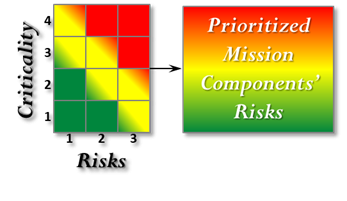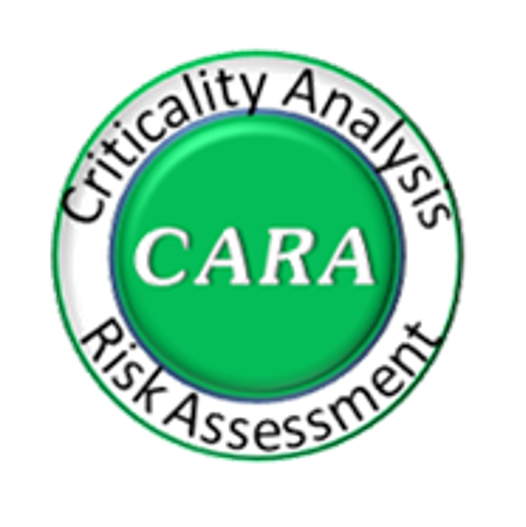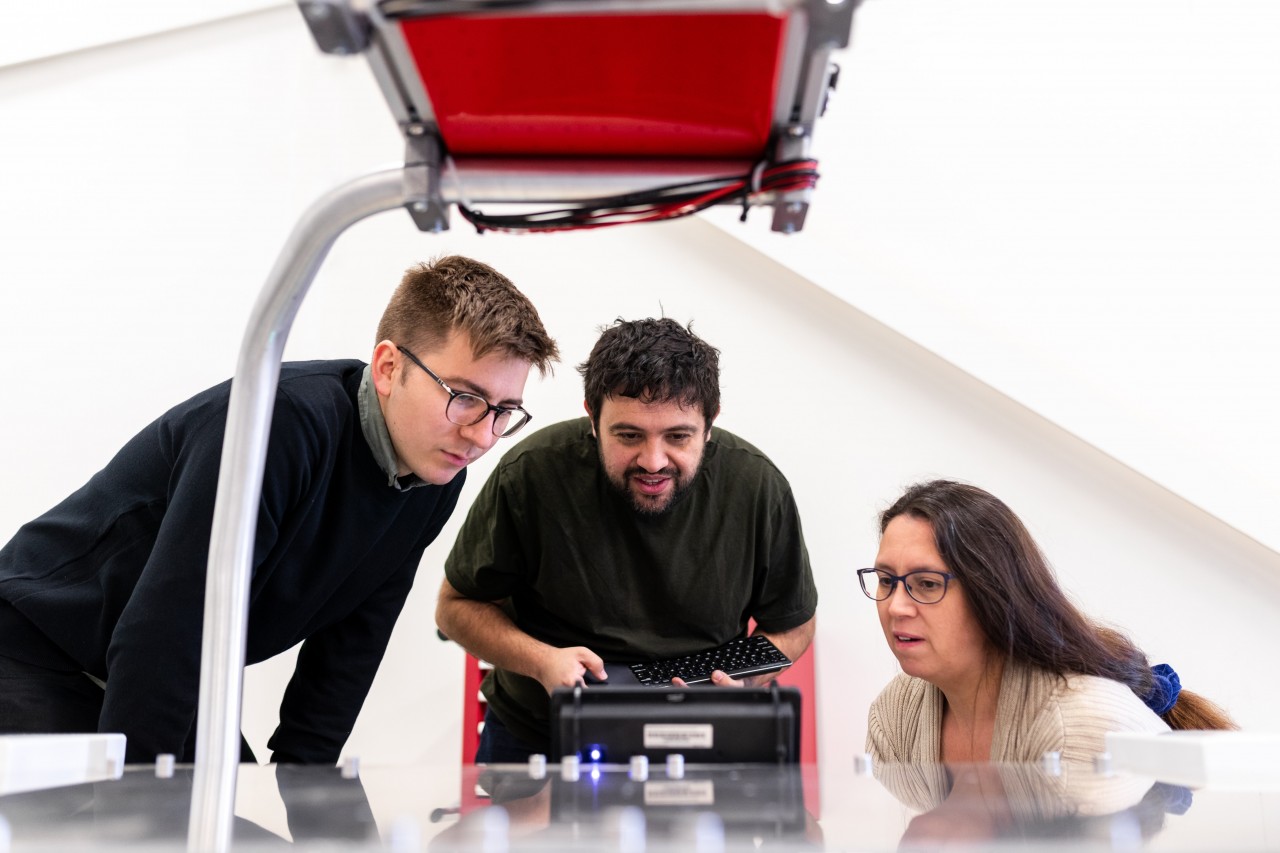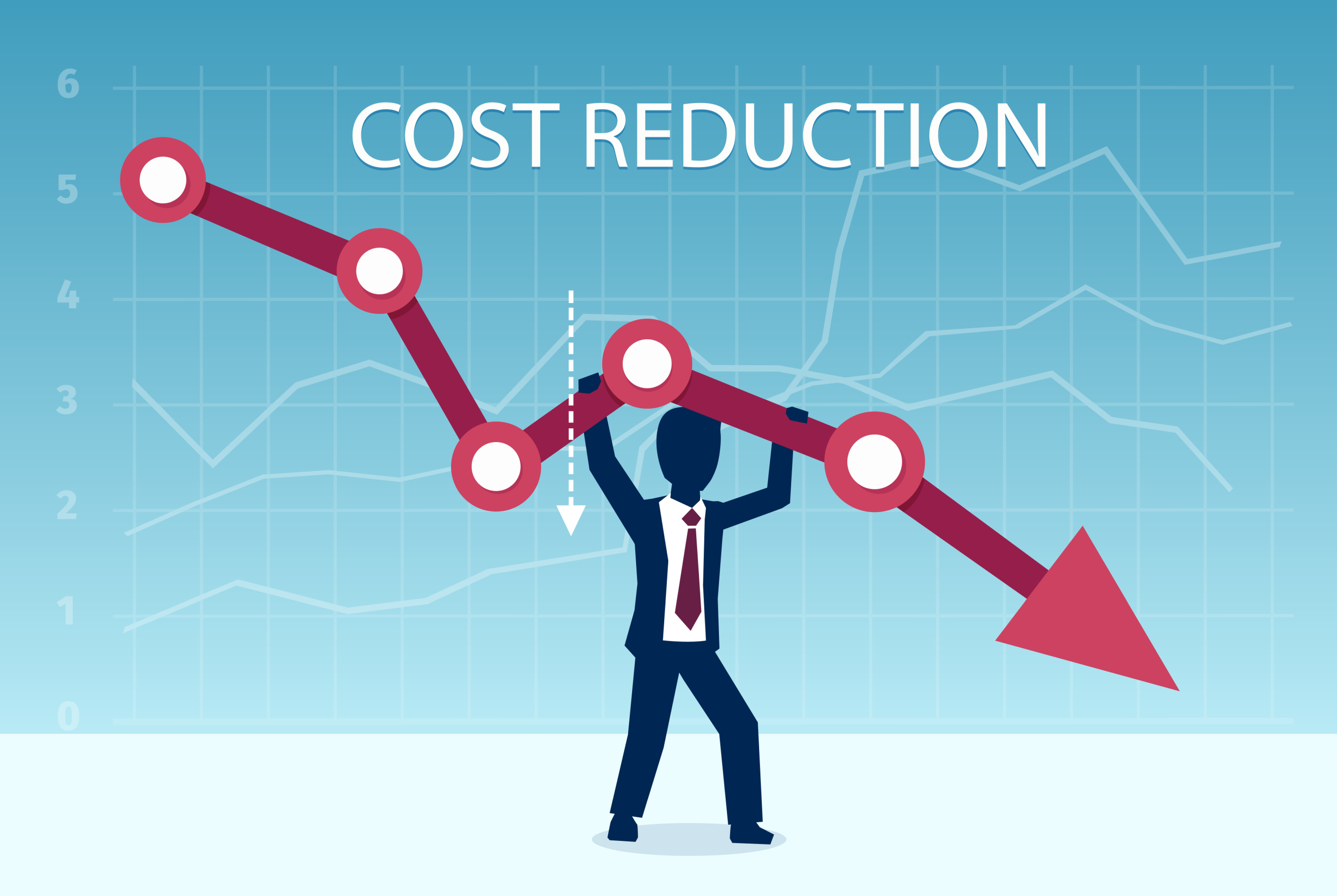To maximize the V&V initiative impact the V&V team benefits from a process that focuses precious resources towards the most important challenges of the system development effort. The Criticality Analysis and Risk Assessment (CARA) methodology is a useful approach to identify those challenges, including for enterprise V&V assessments of program priorities and execution budget. Specifically, the CARA method is used to map key enterprise challenges and risk to targeted V&V activities. Once the candidate and prioritized list of verification activities are identified, cost estimates are developed for each verification activity. Budget considerations define the end of the V&V tasking list. The results are provided to the Management team for final approval and coordination with the customer, development community, stakeholders, and external users.
The key to driving V&V activities on risk and program priorities is the application of the CARA process. Specifically, for targeted priority areas, the criticality of each function/requirement is defined by assessing performance, operations, cost, and schedule implications for each function. Those assessments are then rated from Catastrophic to Low. All of these assessments are quantifiable and repeatable, ensuring consistent ratings/rankings across the enterprise.
In parallel the risk of each function/requirement is defined for complexity of the design, maturity of the applied technology, stability of the underlying requirements, testability of the function, and the developer’s experience in this particular functional area. As with the criticality assessment, these risk assessments are very quantifiable and repeatable, ensuring consistent ratings/rankings across the enterprise.
Finally, we multiply the criticality and risk ratings to develop the CARA score. The CARA score defines both the priority of the function/requirements and the associated verification tasking required to successfully assess the requirements verification activities of the selected function/requirements. Higher CARA scores drive more robust assessment activities.
GreenDart has specific lists of tasking for each of the Low, Medium, and High CARA scores that cross the development lifecycle (requirement development through sustainment). We are prepared to apply the CARA process as part of our V&V offering. How can we help enable your V&V program success within your limited resources?

























